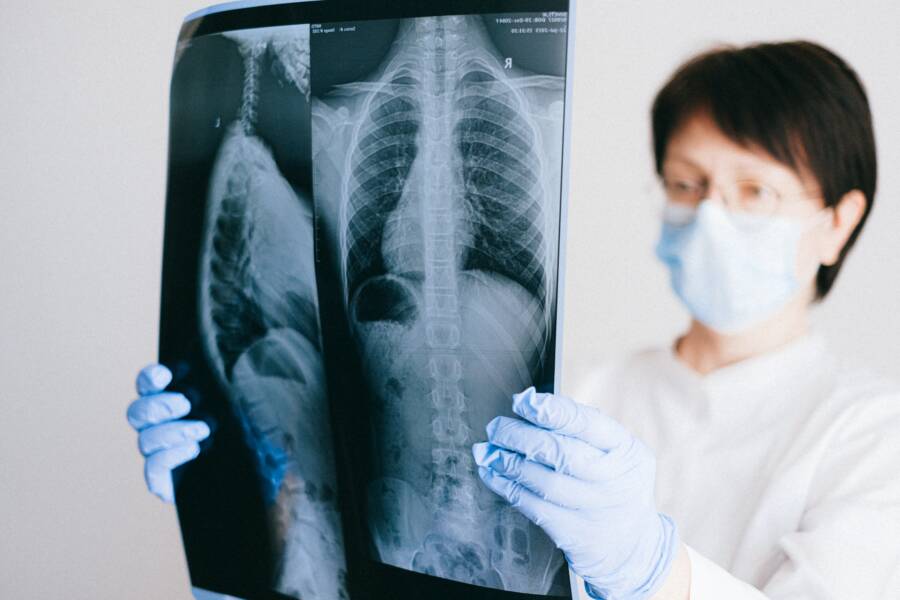The future of medical imaging is on the cusp of a significant transformation, with artificial intelligence (AI) and machine learning (ML) technologies becoming increasingly prevalent. These advanced tools hold great promise in revolutionizing diagnosis and treatment strategies. In this article, we delve into the potential impact and advancements that AI and ML can bring to the medical imaging field.
The Evolution of Medical Imaging
Traditional medical imaging techniques, such as X-rays, ultrasound, MRI, and CT scans, have provided clinicians with invaluable information about patients’ bodies. While these methods have significantly improved diagnosis and treatment planning over the past decades, they are not without limitations. Manual interpretation of these images can be time-consuming and prone to human error, leading to potentially missed diagnoses and inadequate treatment plans.
AI and ML technologies offer the potential to overcome many of the limitations of traditional medical imaging analysis. These cutting-edge tools can learn from vast amounts of data, identify patterns, and make predictions, enabling a new era of heightened efficiency and accuracy in medical imaging diagnostics. Updates and insights are readily accessible on their website.
New Technologies and Advancements
AI and ML are not only assisting in the analysis of traditional medical imaging methods but also facilitating advances in novel imaging approaches. One such example is the use of full body MRI, which provides a comprehensive and non-invasive alternative for the assessment and early detection of various medical conditions. As AI technology continues to advance, it may further integrate itself into these innovative imaging techniques, offering even greater diagnostic potential.
AI-driven algorithms can identify anomalies and abnormalities in medical images with remarkable accuracy, potentially reducing the number of missed diagnoses. For instance, ML-powered mammography systems can detect breast cancer with increased sensitivity compared to human clinicians. Similarly, AI-based lung nodule detection systems may improve the early identification of lung cancer patients.
Improving Efficiency
Machine learning algorithms can process medical images much faster than their human counterparts, potentially minimizing patients’ waiting times and enabling healthcare professionals to devote more time to clinical decision-making and patient care. In radiology, AI and ML can greatly reduce the workload of radiologists by automating preliminary reporting and flagging critical cases that require immediate attention. By reducing the time spent interpreting medical images, AI could help address the global shortage of medical imaging professionals, making their expertise available to more patients in need.
By leveraging AI and ML in medical imaging, healthcare professionals can develop more personalized treatment strategies for patients. These technologies may enable clinicians to track the progression of diseases, monitor the patient’s response to therapies, and adapt treatment plans as needed. In oncology, for example, AI-powered algorithms could provide insights into tumor growth patterns, helping oncologists make better-informed decisions about the patient’s treatment options.
Challenges and Ethical Considerations
Despite the numerous potential benefits of AI and ML in medical imaging, there are still challenges to overcome. Ensuring the security and privacy of patient data is paramount, as these technologies require access to a vast amount of personal health information. Additionally, it is crucial to address the concerns over the potential biases and inaccuracies in AI-driven medical diagnostics, as these can have severe consequences on patient care. Transparent evaluation processes and strict ethical guidelines are fundamental in assuring the safe and responsible implementation of AI and ML in medical imaging.
As AI and ML technologies continue to advance in medical imaging, it is essential for government and regulatory bodies to create comprehensive guidelines, frameworks, and standards for their safe integration into healthcare systems. Consistent regulation and oversight can ensure that AI-driven medical imaging tools meet safety and efficacy benchmarks, protecting patients and allowing medical professionals to confidently adopt these technologies to improve diagnostics and treatment planning.
Training AI
Efforts to enhance the accuracy of AI algorithms in medical imaging must involve training these tools on diverse and robust data sets. By ensuring that the data used to train AI models represents different demographics, clinical conditions, and imaging modalities, developers can create AI algorithms with greater generalizability and effectiveness across varied populations. These comprehensive and representative data sets are essential for reducing biases and improving the performance of AI and ML applications in medical imaging diagnostics.
To best harness the power of AI and ML in medical imaging, a collaborative approach is necessary. Combining the skills and expertise of healthcare professionals with the advanced capabilities of AI-driven tools can lead to better patient outcomes. This partnership between human clinicians and AI models fosters a continuous feedback loop, allowing for the refinement of AI algorithms as they learn from examples of accurate human interpretation and eventually enhancing the overall efficiency and effectiveness of the healthcare ecosystem.
Conclusion
AI and ML technologies present an exciting future for the field of medical imaging, as they have the potential to revolutionize diagnosis and treatment strategies. Although challenges remain, the advancements being made in this area promise to enhance diagnostic capabilities, enable personalized treatment plans, and improve efficiency within the healthcare system, resulting in better patient outcomes.
TechnologyHQ is a platform about business insights, tech, 4IR, digital transformation, AI, Blockchain, Cybersecurity, and social media for businesses.
We manage social media groups with more than 200,000 members with almost 100% engagement.
